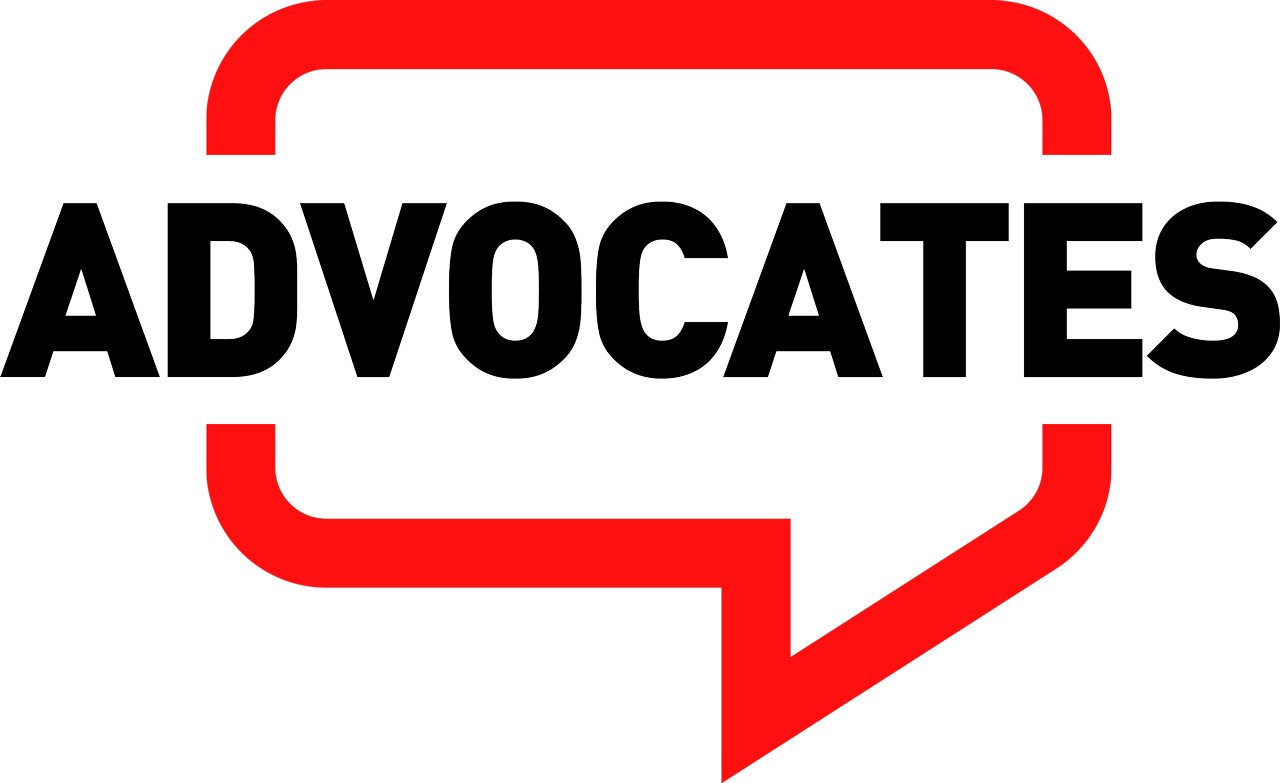A recent high-profile slapping incident has brought attention to the condition Alopecia Areata.
AA is an autoimmune disease that appears to specifically target hair follicles and sometimes nails. Through a yet unknown stimulus, a person’s own immune cells are driven to act on and destroy hair follicles, thus causing hair to fall out and inhibiting further growth.
Before we proceed, we must understand how hair grows. This growth happens in three stages: growth (anagen), involution (catagen) and rest (telogen). The length of the hair is determined during the anagen phase. On average, growth of scalp hair is 0.4 millimeter per day or 1 centimeter a month.
Hair growth is a process that is tightly regulated by the body. But it can be affected by various external and internal factors such as stress and the effects of drugs and other substances. These can cause increased hair shedding or decreased growth. However, it is still undetermined if these cause AA outright. Studies among families have instead shown that AA can be genetically predisposed.
Major emotional stressors have also been reported by many patients prior to the onset of the disease. In addition, AA can cause further psychological and emotional damage that mirrors the extent of hair loss. Consequently, AA can adversely affect a person’s daily personal, social and work-related functioning.
It was estimated that 0.2% of the world population suffers from AA. A 2020 survey in the United States showed similar prevalence of AA in the country, while in Japan it was shown to be 2.4%. According to US studies, between 11% to 50% of cases had Alopecia Totalis (complete loss of scalp hair) and Alopecia Universalis (complete loss of all hair).
About 50% of women will experience noticeable hair loss from various causes, AA included. Women above 40 years of age, women who had given birth, women who are taking certain medications especially chemotherapy, women on regular hair treatments and women in their menopausal stage are more likely to be affected.
Hair is an essential part of identity among many women, making them more susceptible to the serious impact of hair loss on self-esteem. Thus, alopecia among women tends to be associated with poorer body image and worsened self-concept.
Among adult AA patients, about 77% had quality of life disturbances, 65% had signs of depression and 12% were deemed to have the risk of committing suicide. Among adult women with AA, it was estimated that 40% had marital-related and 63% had career-related problems.
About a quarter of patients experience a single episode of AA. Regrowth of hair to varying extents may occur in 60% of cases but AA can recur. Chronic relapses and onset of the disease during childhood are associated with poor outcomes in the life of the affected person.
On treatments, different applied and oral medications are used to mitigate hair loss. Pharmacologic agents are also used to stimulate hair growth and replace lost hair.
If you are someone with AA, it is always best to consult with your Philippine Dermatological Society (PDS) board-certified dermatologist for the best care. Psychological services may also be available to help a person deal with AA.
If you know a person who may have AA, it is best to avoid mocking them. Instead, show support and the willingness to help them with what they are going through.
References:
1. Chapter 87 :: Alopecia Areata by Nina Otberg & Jerry Shapiro. In: Fitzpatricks’s Dermatology 9th ed. Kang S, Amagai, M, Bruckner AL, Enk AH, Margolis DJ, McMichael AJ, Orringer JS (eds). Mc Graw Hill. USA, 2019.
2. Benigno, M., Anastassopoulos, K. P., Mostaghimi, A., Udall, M., Daniel, S. R., Cappelleri, J. C., Chander, P., Wahl, P. M., Lapthorn, J., Kauffman, L., Chen, L., & Peeva, E. (2020). A Large Cross-Sectional Survey Study of the Prevalence of Alopecia Areata in the United States. Clinical, cosmetic and investigational dermatology, 13, 259–266. https://doi.org/10.2147/CCID.S245649
3. Chapter 7 :: Biology of Hair Follicles. By George Cotsarelis & Vladimir Botchkarev. In: Fitzpatricks’s Dermatology 9th ed. Kang S, Amagai, M, Bruckner AL, Enk AH, Margolis DJ, McMichael AJ, Orringer JS (eds). Mc Graw Hill. USA, 2019.
4. The psychological impact of alopecia. Nigel Hunt, Sue McHale. BMJ. 2005 Oct 22; 331(7522): 951–953. doi: 10.1136/bmj.331.7522.951. PMCID: PMC1261195.
5. Cleveland Clinic Website. Hair loss in women. https://my.clevelandclinic.org/health/diseases/16921-hair-loss-in-women.
5. Vélez-Muñiz RDC, Peralta-Pedrero ML, Jurado-Santa Cruz F, Morales-Sánchez MA. Psychological Profile and Quality of Life of Patients with Alopecia Areata. Skin Appendage Disord. 2019 Aug;5(5):293-298. doi: 10.1159/000497166. Epub 2019 Mar 20. PMID: 31559253; PMCID: PMC6751425.
FEATURE
RH Hipolito, MD
Alopecia: Hair Loss Can Be More Devastating Than You Think
Mar 31, 2022


